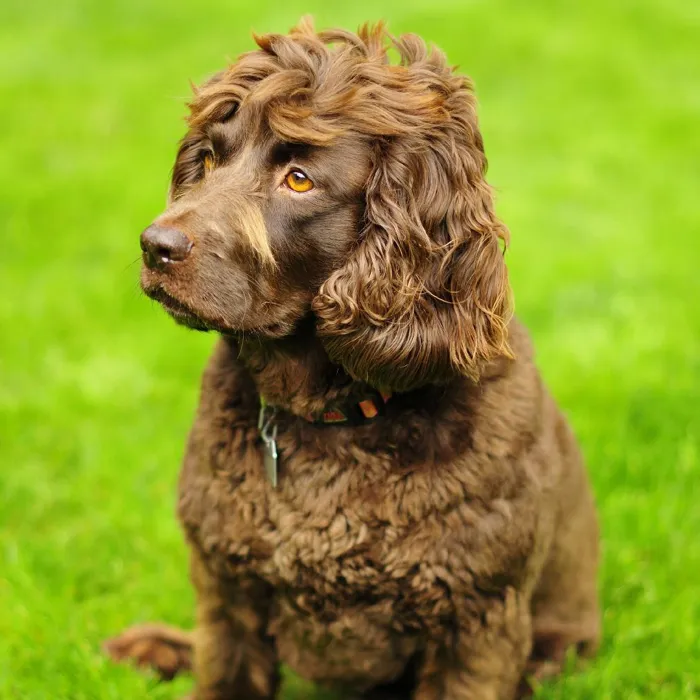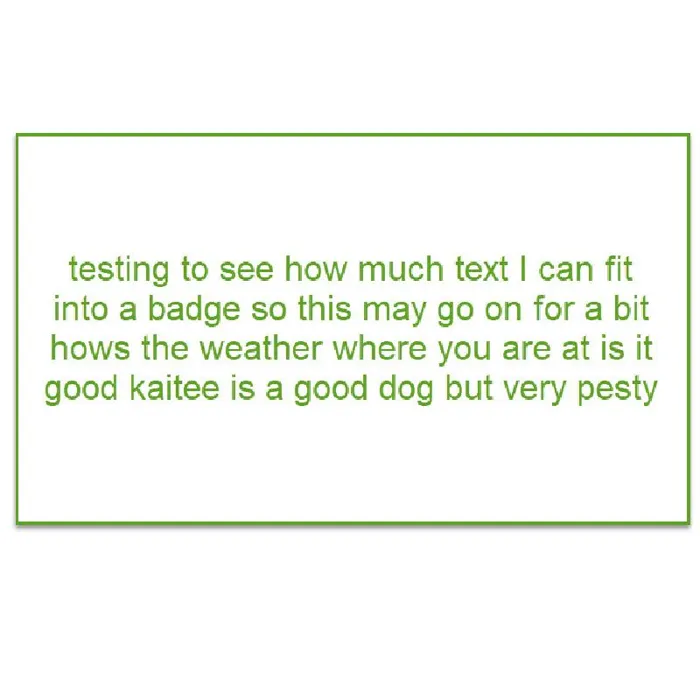Boykin Spaniel

A medium-sized flushing and retrieving dog known for its rich brown coat, the Boykin Spaniel is avid, eager, merry, and trainable. This mellow housedog and tenacious bird dog was once South Carolina’s best-kept secret.

Ask About Boykin Spaniel ?
Breed Traits
General Appearance
The Boykin Spaniel was developed in the United States as an all-around hunting dog, with a neat, compact body. The Boykin Spaniel is medium in size, with emphasis placed on his hunting abilities, characterized by flushing and retrieving, with moderate speed and agility. His pendulous ears, intelligent expression, sturdy build, and friendly wagging tail proclaim him part of the spaniel family.
Size, Proportion, Substance
Head
Neck, Topline, Body
Forequarters
Hindquarters
Coat
Color
Gait
Temperament
Group
Sporting
About
History
Standard
Nutrition
Grooming
Exercise
Training
Health
All pets have found there homes! Sign up to be notified when new pets are added so you don't miss out.


